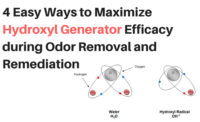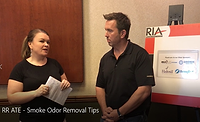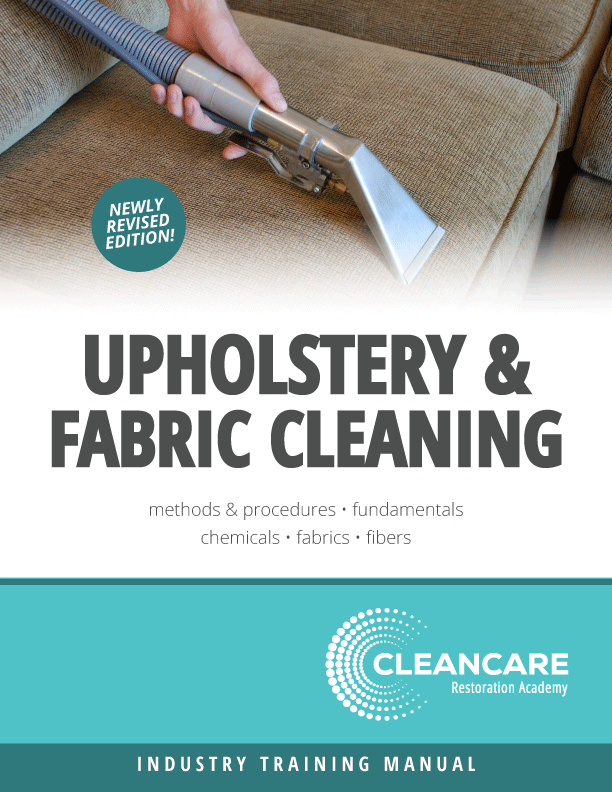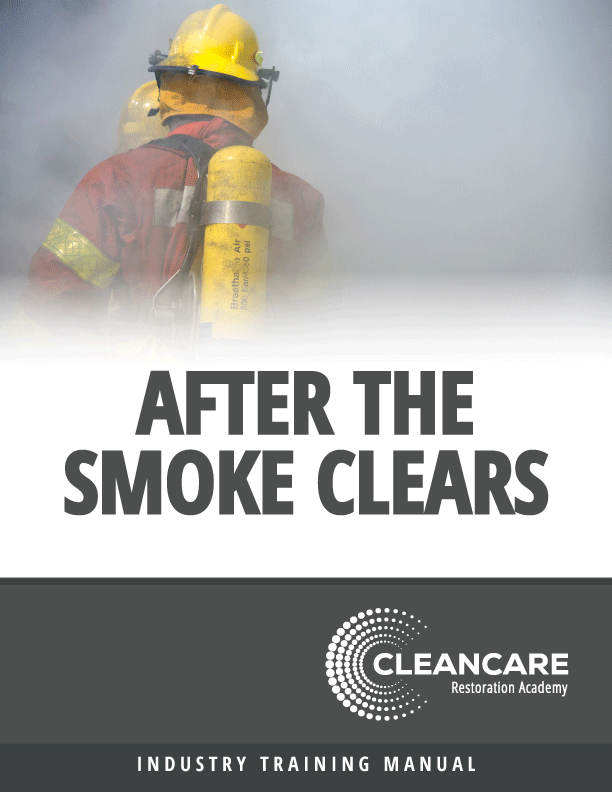Odor Removal: Hydroxyl or Ozone?

This is a debate that has faded somewhat in recent years, with contractors having a more clear-cut understand of the pros and cons of both technologies. Amid safety concerns about ozone, hydroxyl generators seem to have become the preferred odor removal tool for many restorers. However, there are still some instances where ozone is used.
Here is what we know:
Ozone
1) Ozone deals with odors quicker than hydroxyl radicals.
"Ozone reacts with odor molecules by transferring the “extra” oxygen atom of the ozone molecule to the odor molecule, changing its composition so it no longer has the same chemical makeup. This chemical reaction is called oxidation." - David Hart, RamAir International | Read More
2) Ozone cannot be used in occupied spaces.
"Ozone is faster than hydroxyl at removing odors but must only be used in unoccupied areas. Ozone is great at removing any organic gaseous compound once the source has been removed. Ozone is great for use on mold, mildew, smoke, VOCs, bacteria, virus, etc." - Russ McCubbin, International Ozone | Read More
3) Ozone can break down/harm materials within a space.
"This method has been used to deodorize contents and structures on fire losses for decades. Why? Because it works. However, it does have its drawbacks now that we understand more about the potential dangers to humans exposed to ozone, as well as potential damage to certain sensitive materials." - Jeff Heyd, Concrobium | Read More
Hydroxyl Radicals
1) Hydroxyl generators are generally accepted as safe to use in occupied spaces.
"The biggest challenge was the sheer volume of square footage that needed to be deodorized quickly so that the offices could stay open and the courts could be usable when needed. Again, this is why we had 76 Hydroxyl XL-3 units ASAP – they arrived the same day. This helped us put the client at ease, and further secure the loss." - Greg Dennison, ServiceMaster by Disaster Recon | Read More
"We conclude that hydroxyl generators do not exacerbate the safety risk one encounters in post-fire environments. Instead, they rapidly break down complex compounds and expedite the cleaning process." - Michael Pinto, Wonder Makers Environmental | Read More
2) They do not damage contents.
Annissa unveils her preferred odor removal methods in this video!
3) Hydroxyls are more reactive than ozone.
"Hydroxyls are the second strongest oxidant in the world behind atomic fluorine. They are one million times more reactive than ozone, which means they break down a much broader range of odors and pathogens compared to ozone." - Tom McArdle, Odorox | Read More
Looking for a reprint of this article?
From high-res PDFs to custom plaques, order your copy today!









